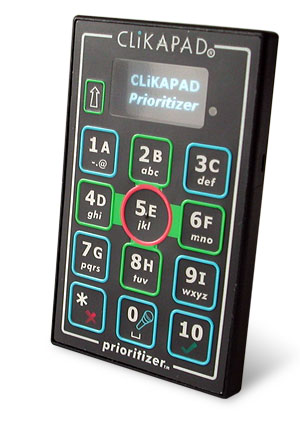We’ve got a few days to go until the big day and with your audience response-fuelled office parties well and truly over; we thought it would be a good idea to address some of the many questions often raised by those purchasing audience response systems.
Managing audience response systems correctly is essential to achieving the best possible results from your conference, workshop or event. With the following answers to these three increasingly common questions related to ARS, you should be able to construct an improved management program the next time you use our revolutionary clicker systems.
Question 1: How long should it take to ask a question and how long should I give the audience to respond?
This might seem irrelevant to the process but in truth there’s plenty of ways you can adjust your questions to ensure they are the right length. This gives your audience the time to provide a well-informed answer. Most questions are read aloud over a 10-20 second period.
In terms of what comes after, you should look at the context of your question and decide whether or not it would be preferential to the audience to provide more or less time. You could even wait for a certain percentage of the audience to cast their vote (say 85{f95b937bccd4f37d09446e413feed6e03a7ef9beec59b2e882b4aa48416839e7}) and move on once this percentage is reached.
Question 2: How many questions should I ask?
It all comes down to goals. What is it you’re looking to achieve from the conference/event? Only ask the questions that are essential to what you’re looking to discover.
Question 3: Am I asking enough questions?
As long as those questions have enough substance to represent your primary goals, you’re asking enough questions. However, think about expanding out those questions if there aren’t many of them, perhaps by offering commentary that explains the meaning behind an answer and the responses you’ve received.


 No wifi needed
No wifi needed